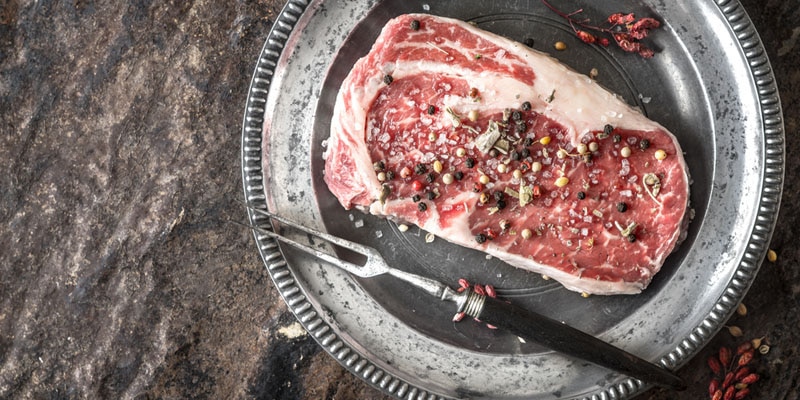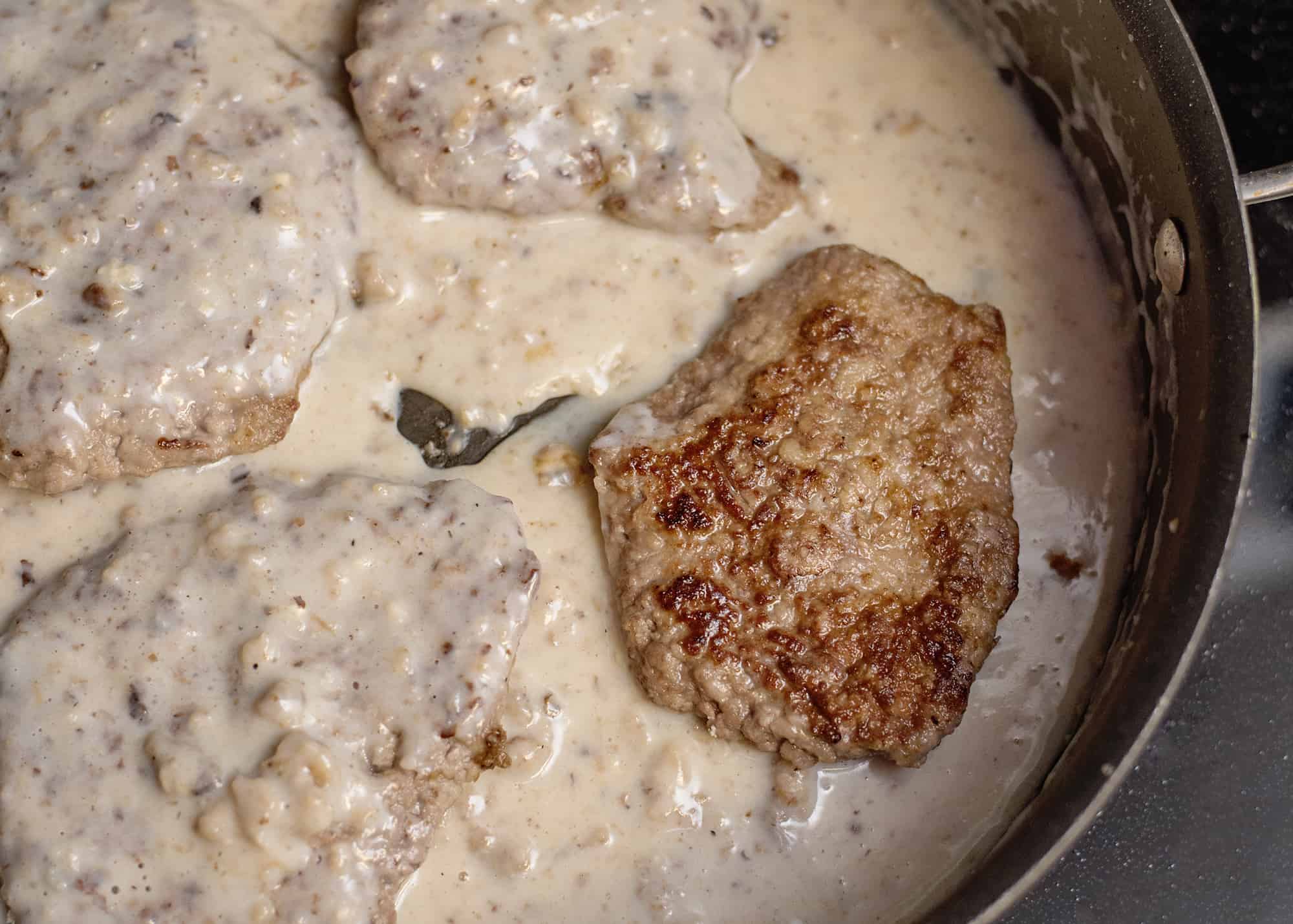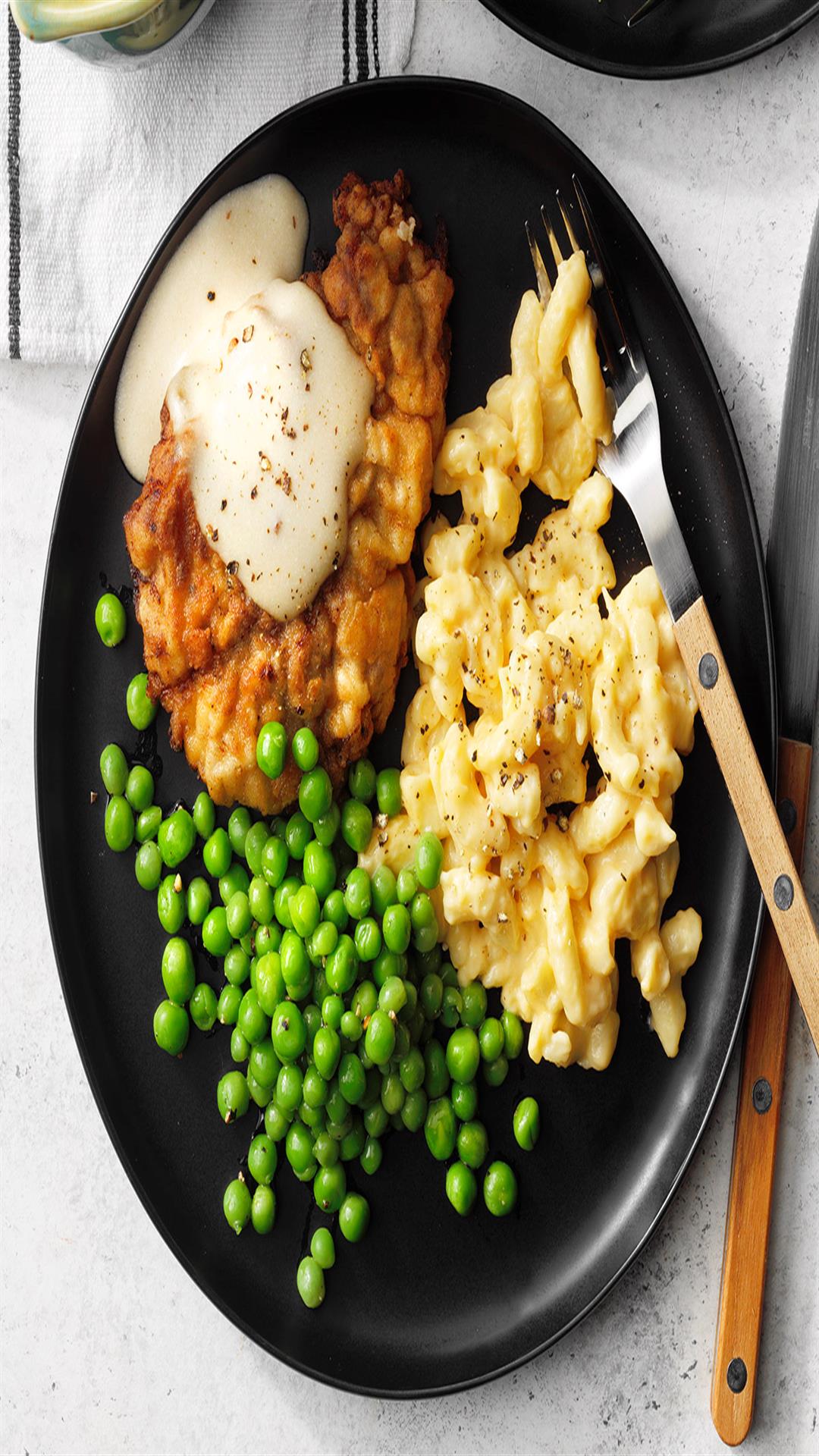
But you don't know what to do if you want to master the art of grilling a steak. It's possible that you are unsure how to grill a steak properly if this is your first time. First, prepare the steak. Make sure to marinate it. Use olive oil, red or black pepper and kosher salt to rub it. Alternately, you could use canola or olive oil.
A great grill mark is another important aspect of grilling a thick steak. Caramelization is when protein in meat browns when it is grilled at about 45 degrees. For the best grill marks, turn your steak 90°. Although it's best to keep the bone in, you can leave it in. This will allow you to have a crispy exterior and a tender interior. For the perfect grill marks, keep the steak under the grill for 5 minutes on each side.

After you have given your steak a good sear it is time to let it cool. The best steaks are tender when served at room temperature. By leaving it out of the refrigerator to rest, you'll avoid overcooking it. For a perfectly seared steak that is cooked to perfection, cook it for a longer time. You can't get the tenderness back from grilling.
Pre-marinating thick steaks can make it difficult to cook correctly. Using a meat thermometer will make it harder to grill. You can test the temperature by putting your thumb around the steak to check for medium rare. Turn the steak on the other side and repeat until you reach the desired consistency.
Prepare the ingredients before grilling. Black pepper and kosher sea salt are necessary. If your steaks are thicker, you can also use a thermometer. Even if your steaks are thin, it is important to use a thermometer. Keeping track of the temperature of the meat is crucial for the perfect steak, and a meat thermometer is your best friend. This important step should never be forgotten.

When you're grilling a thick steak, you need to keep in mind that the thickness of the steak can affect how long it takes to cook. Make sure to marinate your meat before you grill it. It is best to marinate meat for at minimum one day, especially if you are just starting out. The cooking time of a thick steak is longer than that of a thin cut. Allow it to rest for at the least five minutes before you slice it.
Also, you should know the thickness and weight of your steak. It will take more time to cook a thicker piece of steak than one that is thinner. To make sure that your steak is cooked to perfection, you will need a meat thermometer. It is a good idea to let the steak rest for at most five minutes before you cut it. This will keep it from becoming too cold. You want your steak to be medium-rare. It will take more time to cook if it is too thick.
FAQ
How to become a chef
There are many options for becoming a chef. To start, you can take a course at your local community college. Then, look into attending culinary school. You can also apply for a paid internship.
How much does it cost to go to culinary school?
The costs of culinary school can vary depending on where and how long it takes. The average tuition cost is $10,000-$30,000 annually. Students graduate with approximately $20,000 of debt. There are programs that offer work-study and scholarships.
Do I have to go to culinary school in order to be a professional chef?
No. Many chefs learned their craft on their own. Some even went on to culinary school to gain work experience. Most chefs prefer to go to culinary school to expand their professional opportunities. Culinary schools allow students to learn hands-on skills, and this helps them improve their cooking knowledge.
Statistics
- The median pay for a chef or head cook is $53,380 per year or $25.66/hour, according to the U.S. Bureau of Labor Statistics (BLS). (learnhowtobecome.org)
- under 10 Kids have been taught that there is special food just for them, and Fiese says that 10 percent of kids will throw a tantrum if they don't get the food they want. (washingtonpost.com)
- You'll be amazed that over 90% of CIA students receive scholarships and grants to finish their culinary studies. (ischoolconnect.com)
External Links
How To
How to make the perfect omelet
Omelets is one of my favourite breakfast foods. But how do you make them perfectly? I've tried many recipes and different methods but none have worked. So I am sharing some tips and tricks today to help you make fluffy, delicious omelets every morning.
We should first know that eggs are very temperamental ingredients when making omelets. The eggs must be fresh from an organic source and kept at room temperature until they are ready to be cooked. You must keep them cool enough to allow the whites to form properly and the yolks to become too runny if they're not kept at the right temperature. This makes your omelets look weirdly colored. If you want to make omelets right away, it's best not to use eggs that are too cold.
Another tip is to separate your egg before adding it into the pan. You don't want the white to get mixed with the yolk, as this could cause the egg to curdle.
The bottom part of an egg that is added directly to the stovetop might be burned, which could cause a ruined texture in your omelet. Instead, heat the egg for 10 seconds in the microwave before placing it in the pan. The microwave heat cooks the eggs just right without overcooking them.
Next, let's discuss mixing the eggs. Mix eggs well together. Turn the bowl upside down and grab the whisk to do this. Next, shake the bowl vigorously. This way, the air inside the bowl gets whipped around and mixes the egg thoroughly.
Now comes the fun part - pouring the milk into the mixture. Pour half the milk into the beaten egg mixture and then fold in the eggs. Don't worry if there are still streaks of egg visible; these streaks will disappear once you flip the omelet.
After you have done folding the eggs, heat the pan on medium heat. The oil will start to smoke. Add 1/4 cup butter to the oil and swirl it around to coat all sides of the pan. Now carefully crack open the lid of the pan and sprinkle salt into the pan. An additional pinch of salt will prevent the omelet form sticking to your pan.
Cover the pan once you have formed the omelet. Wait for the top to set. Use a spatula to flip the omelet or turn the pan upside-down. Cook the other side for about a minute. Serve immediately after removing the omelet from its pan.
This recipe works best when you use whole milk.